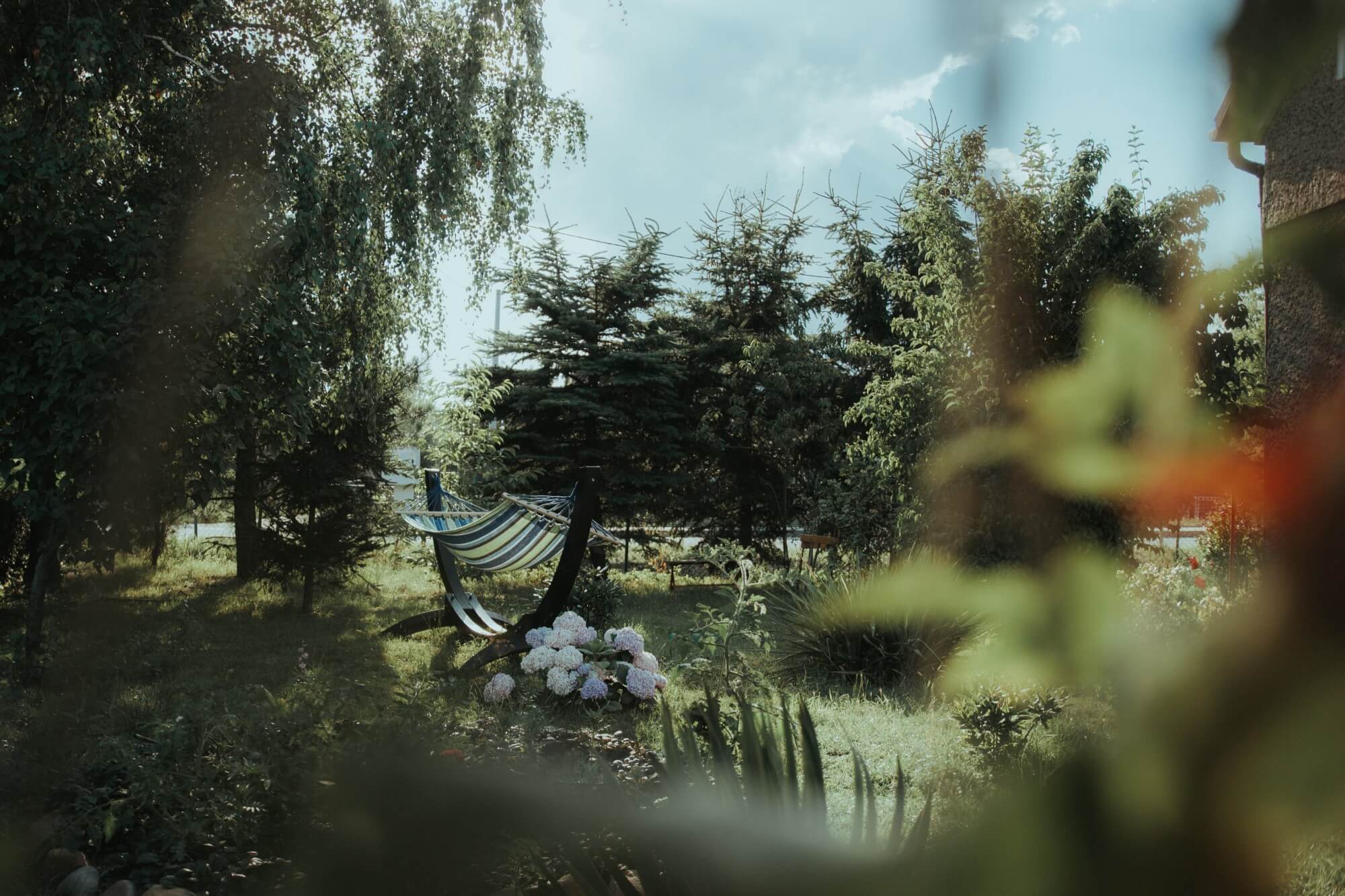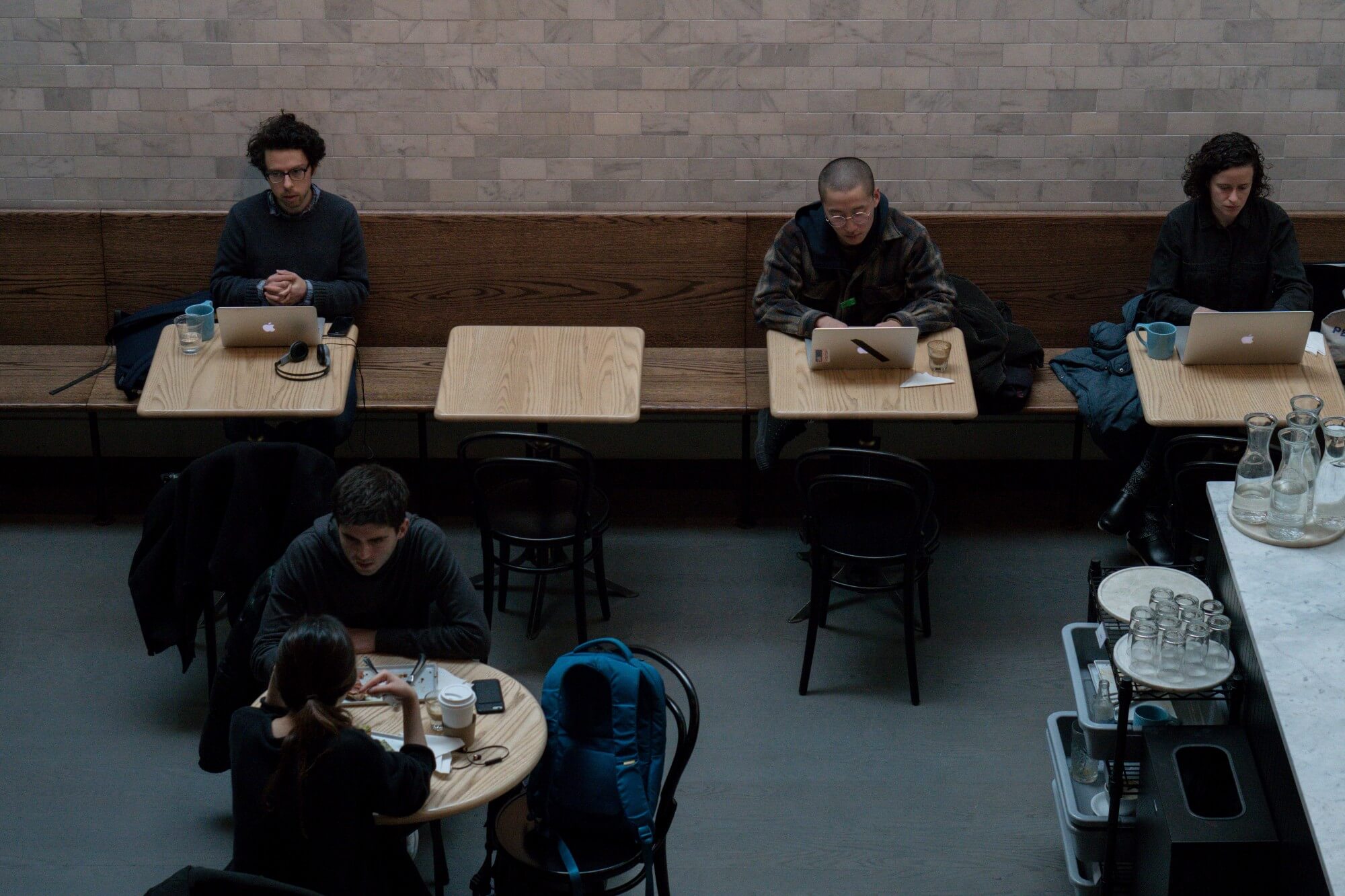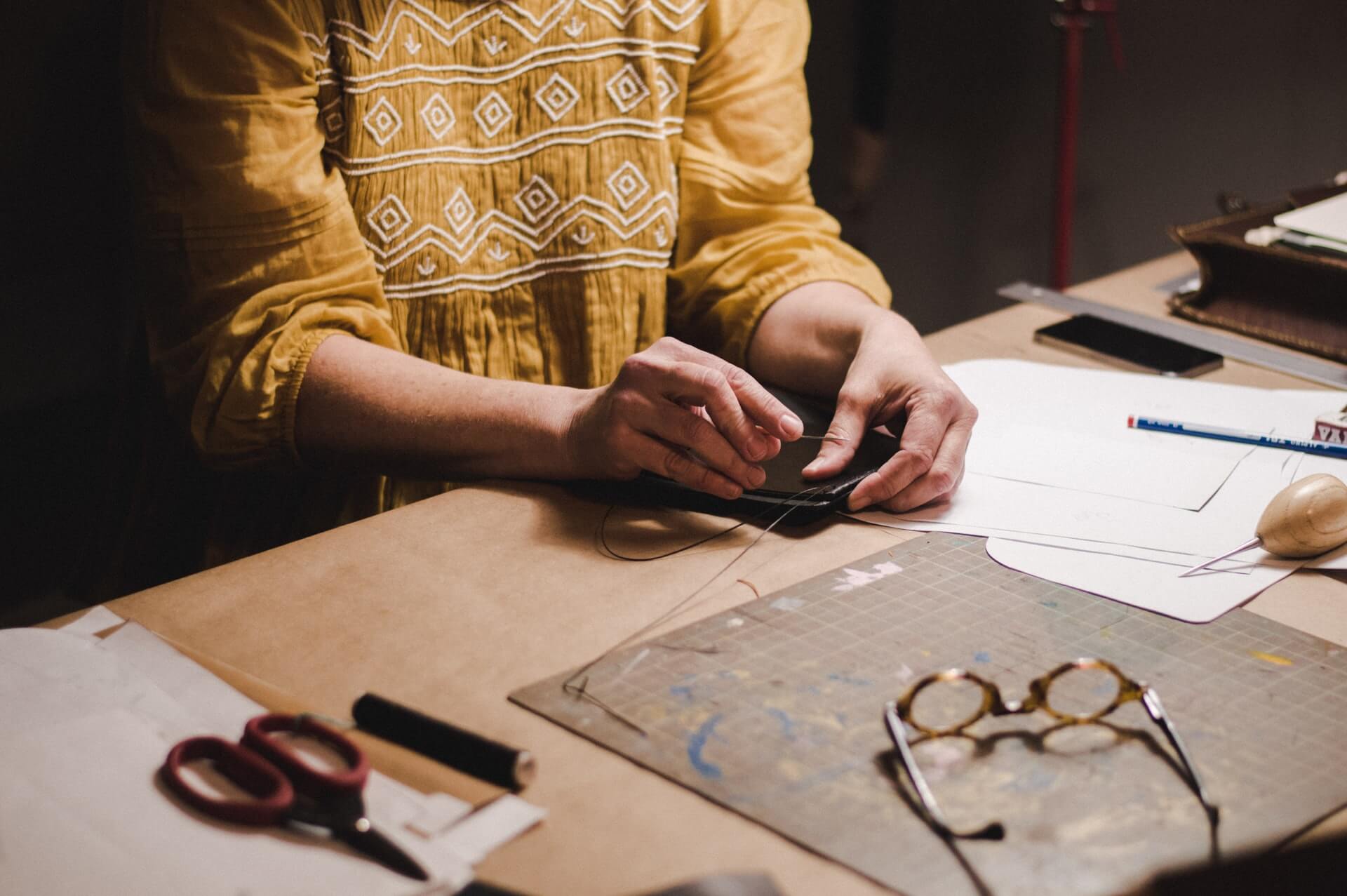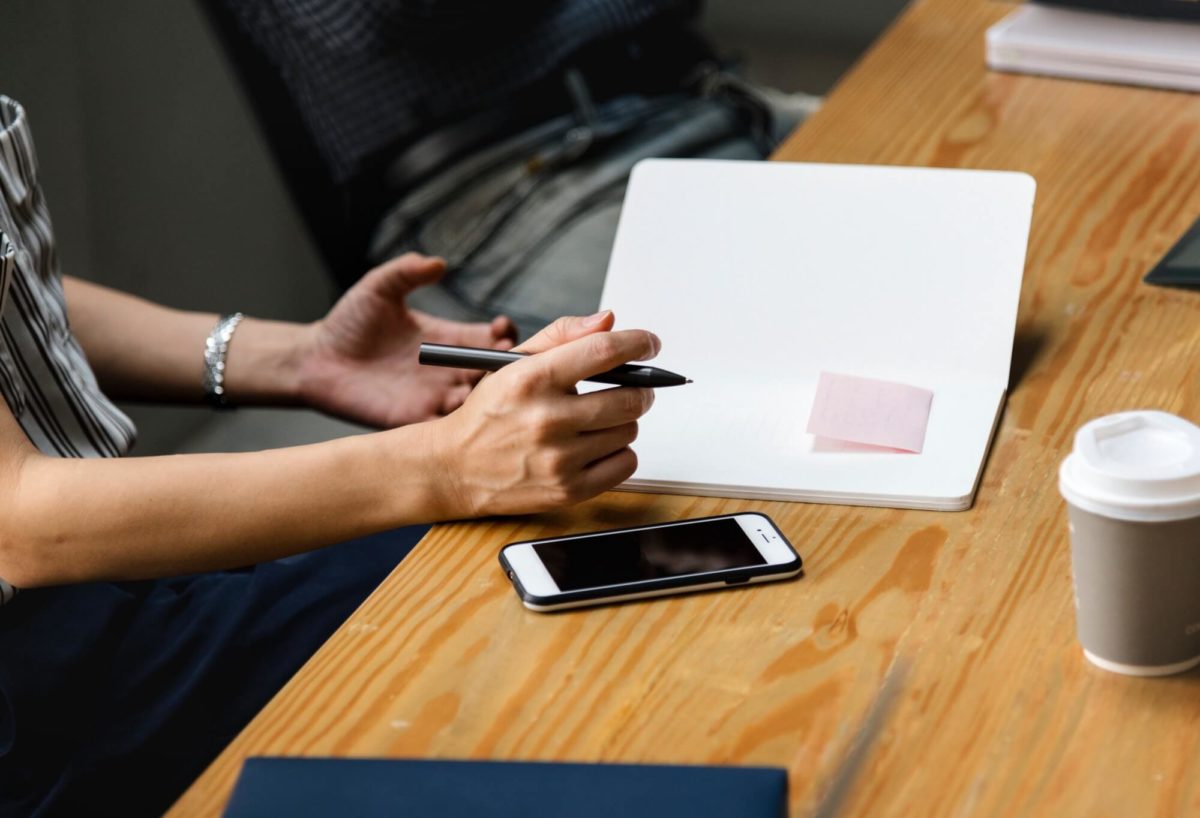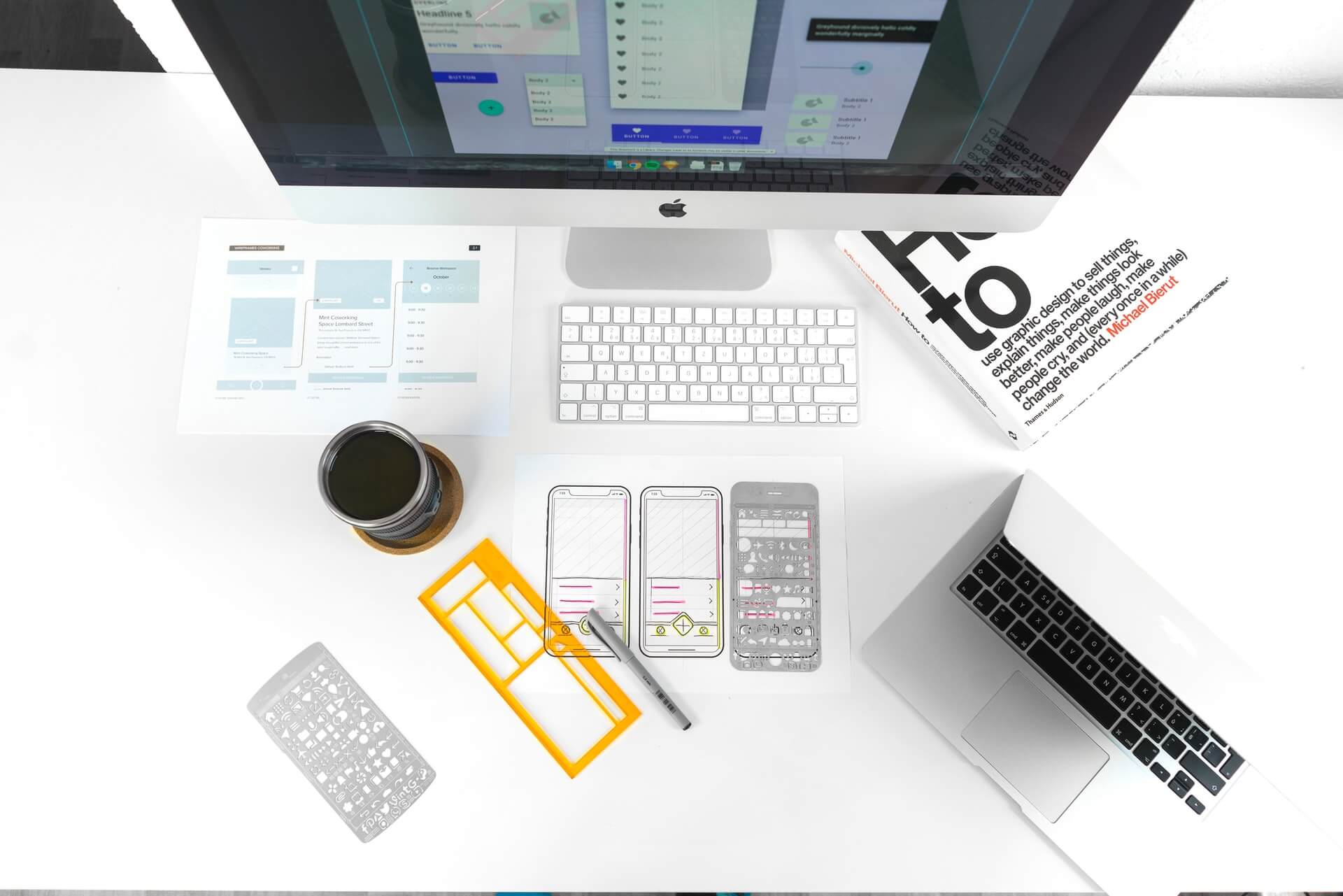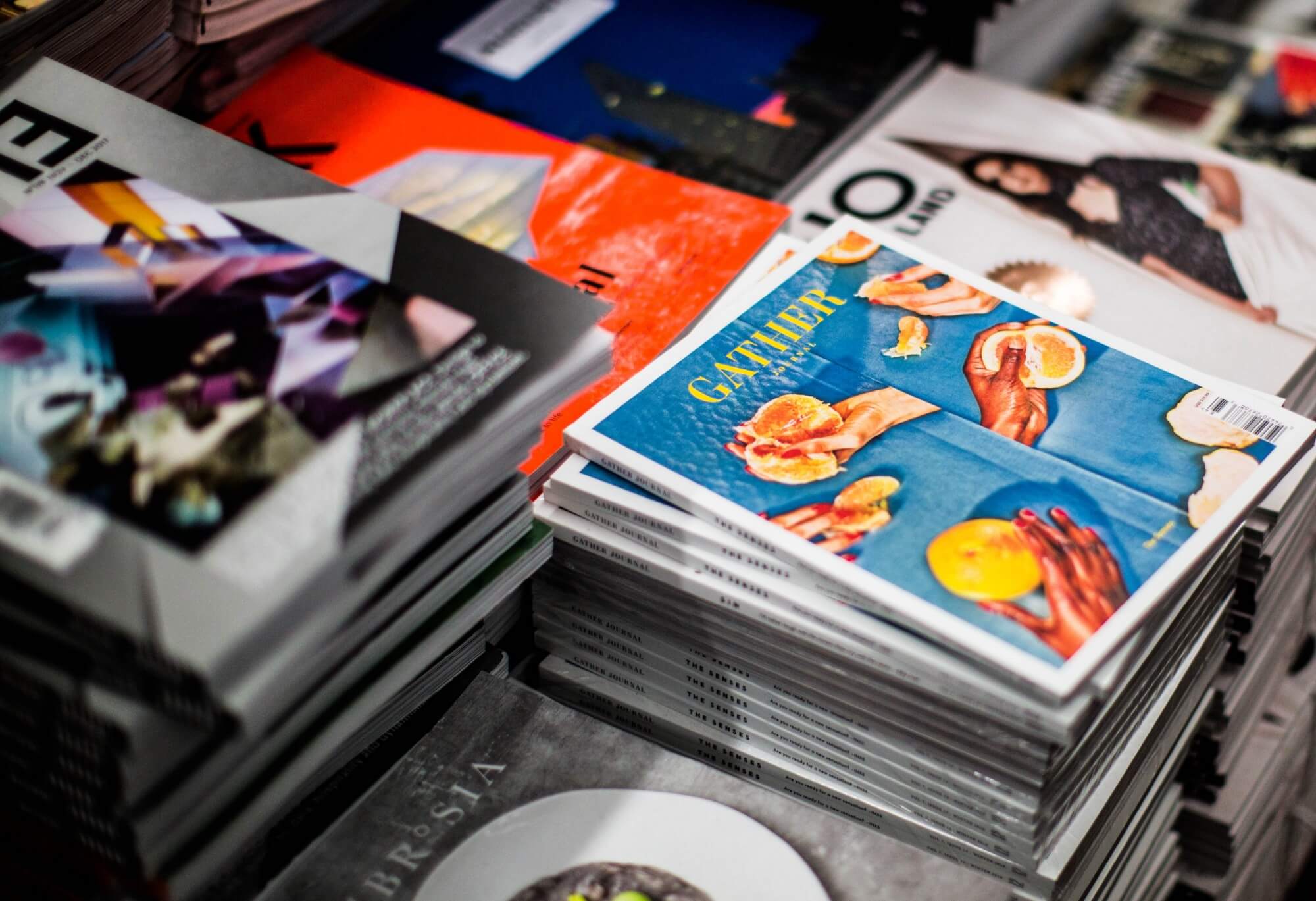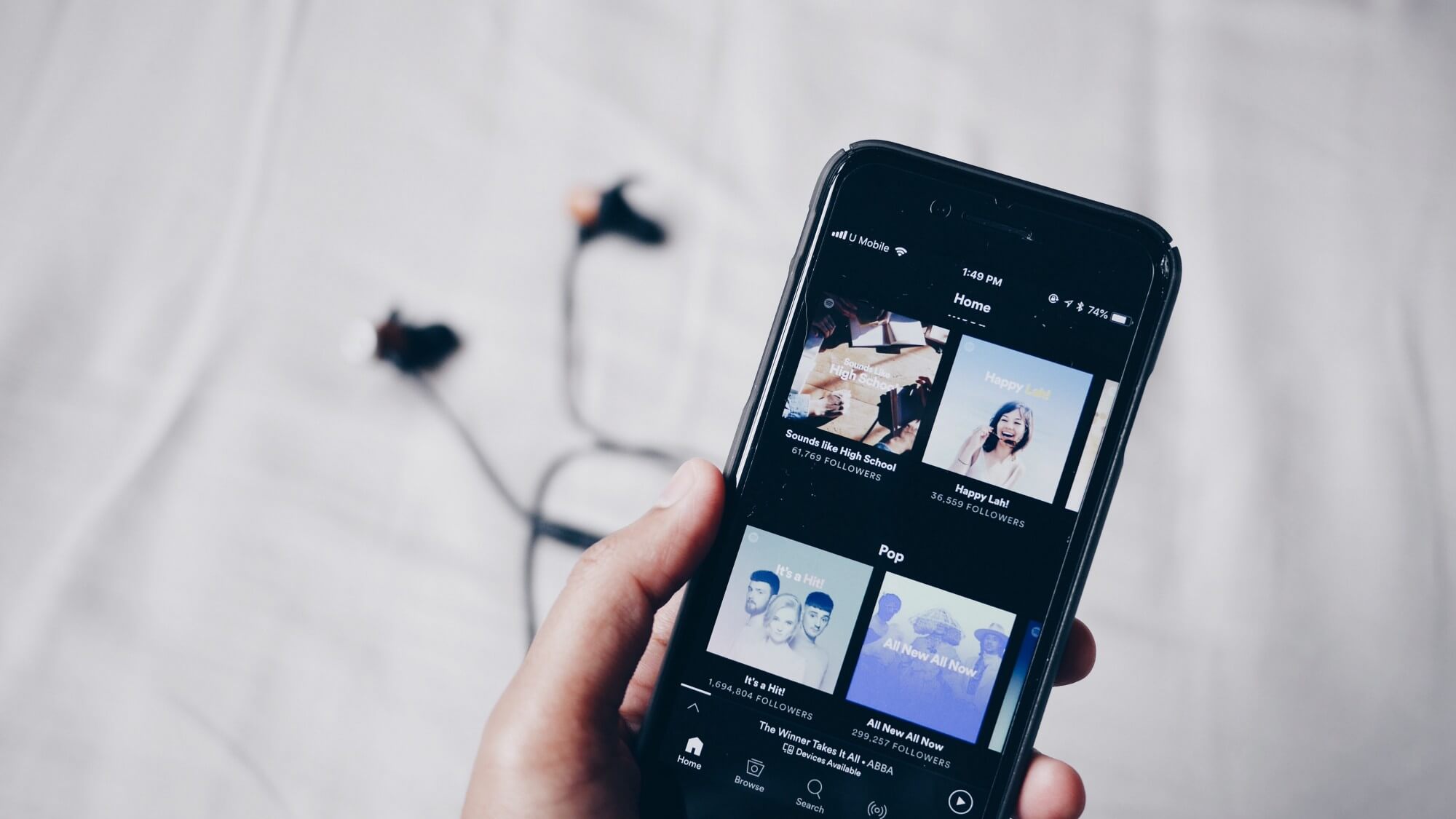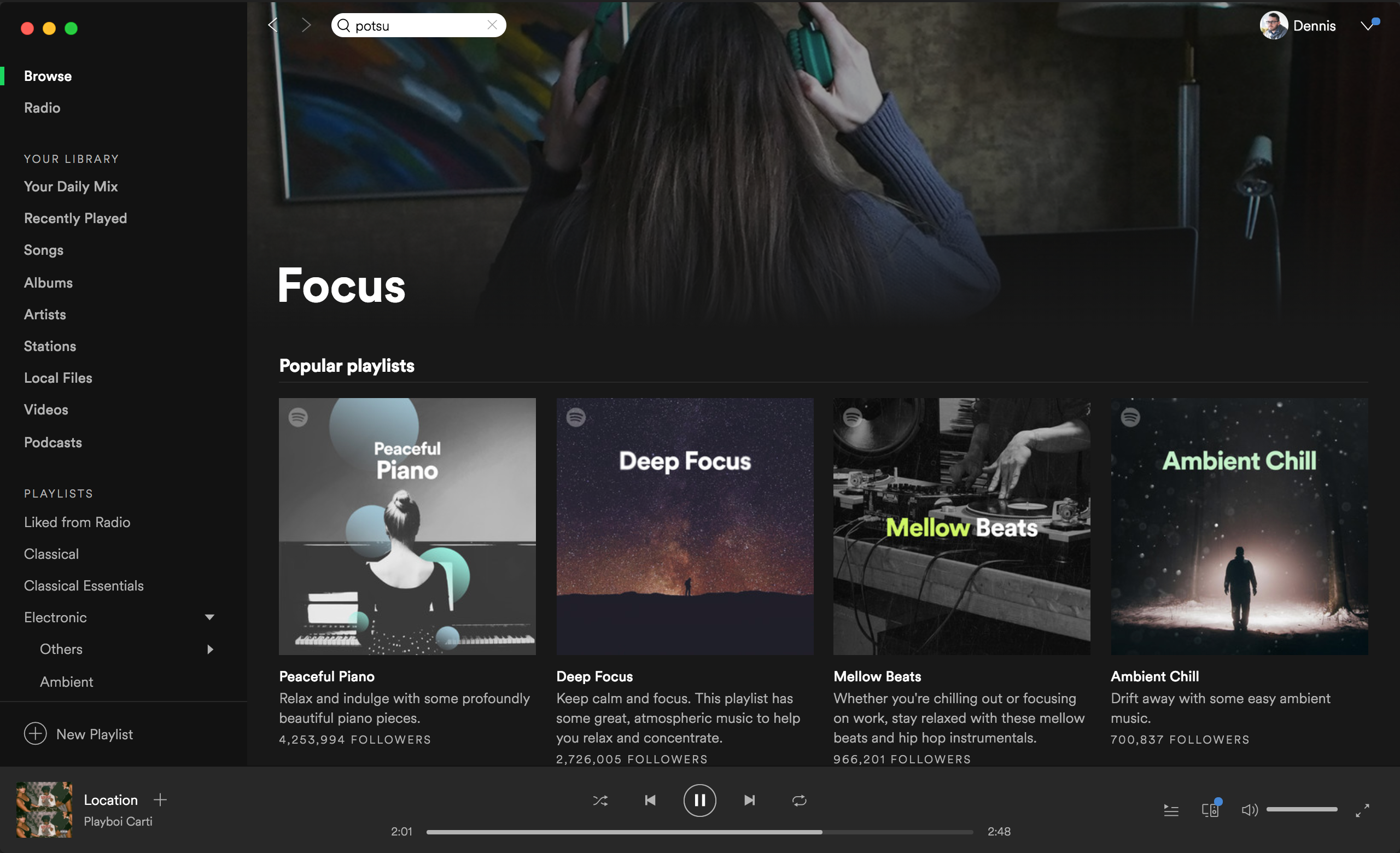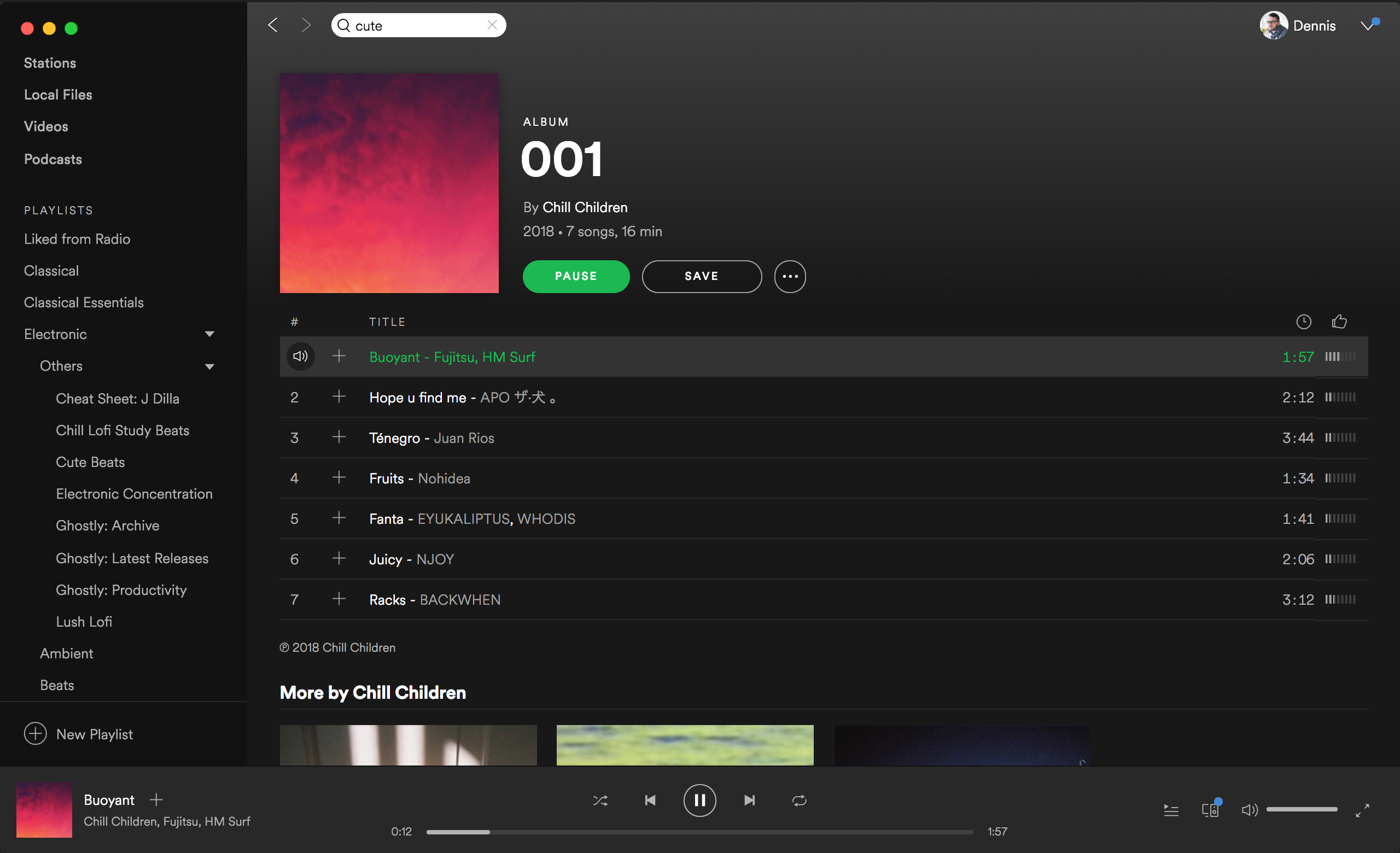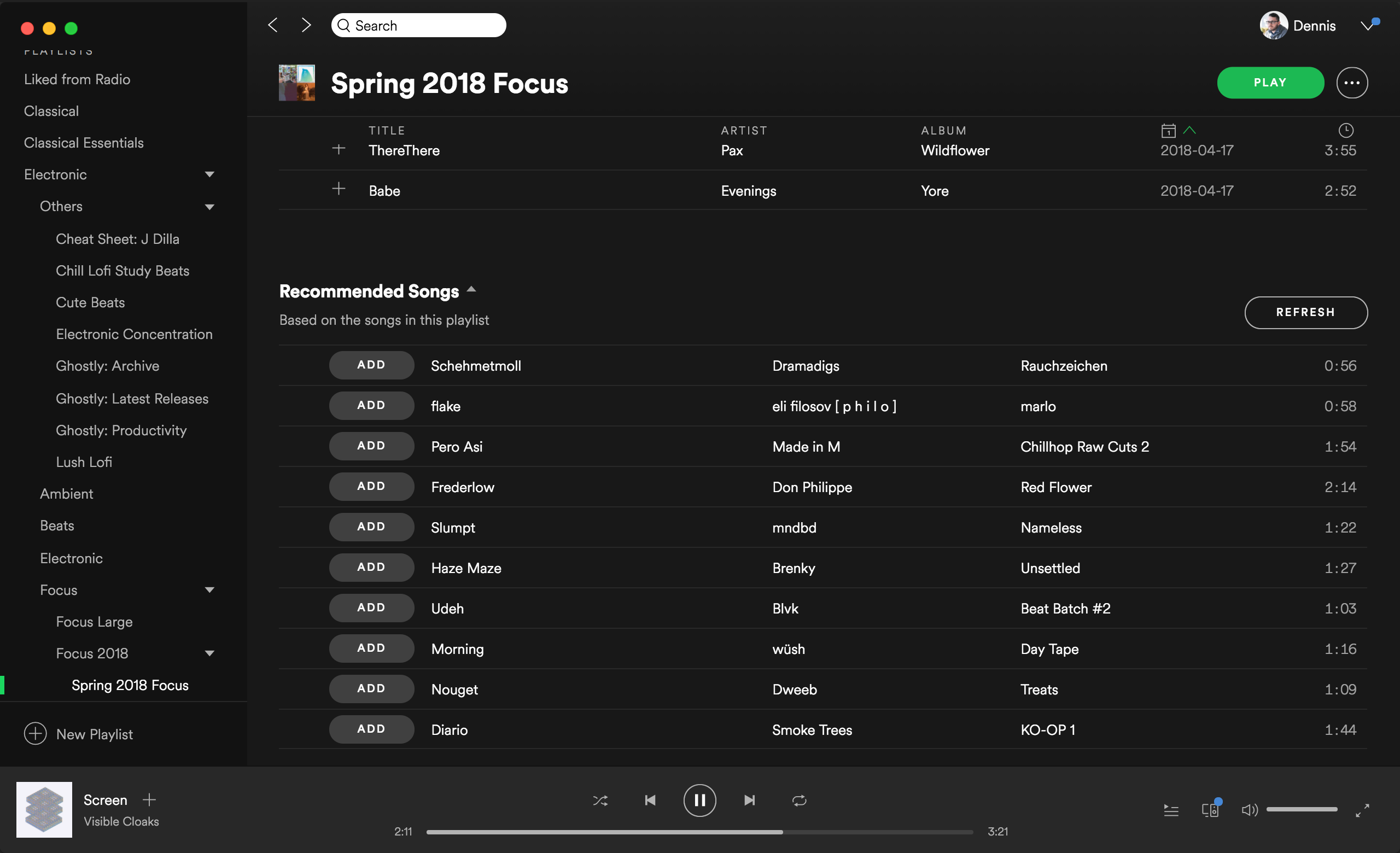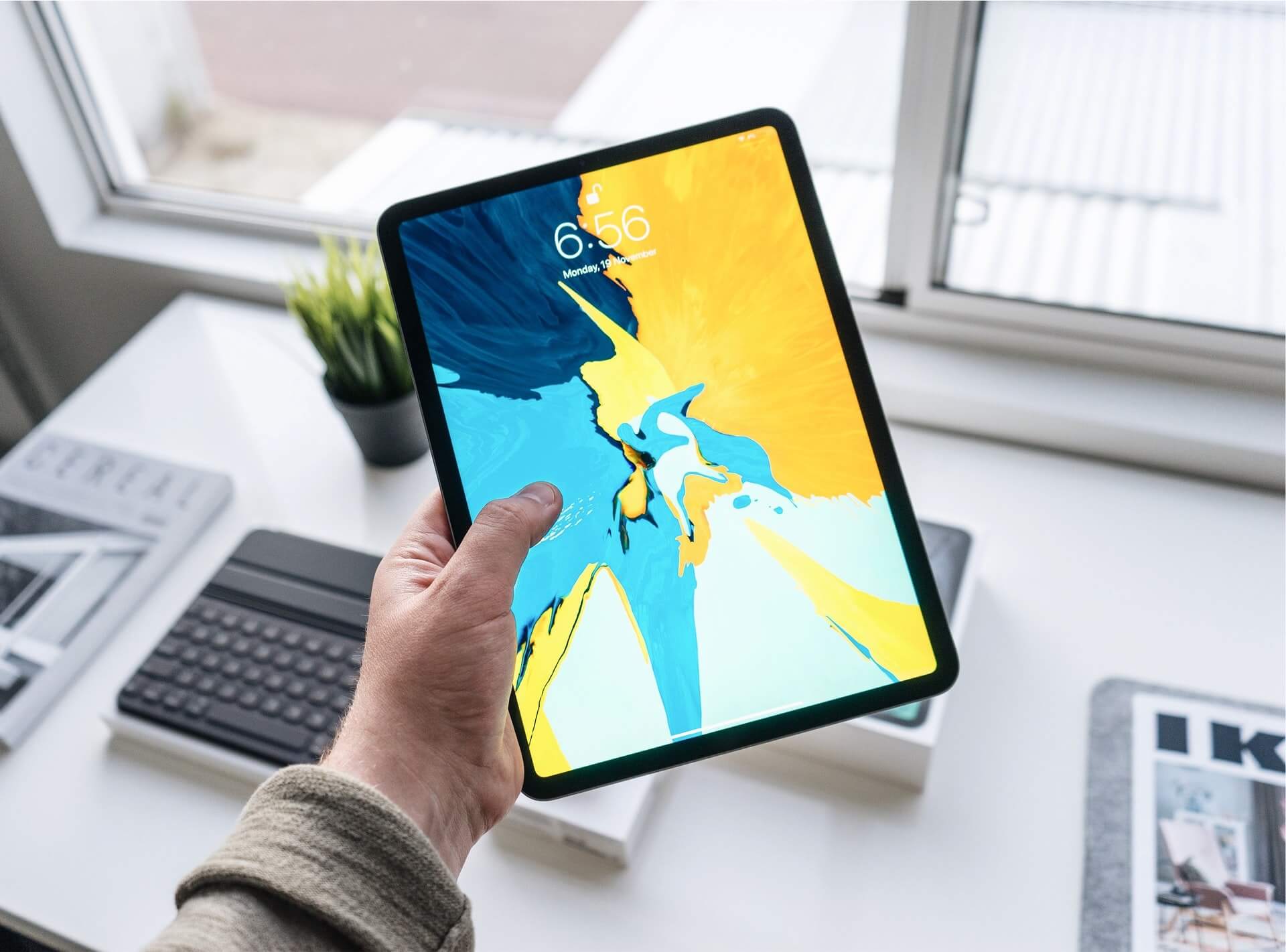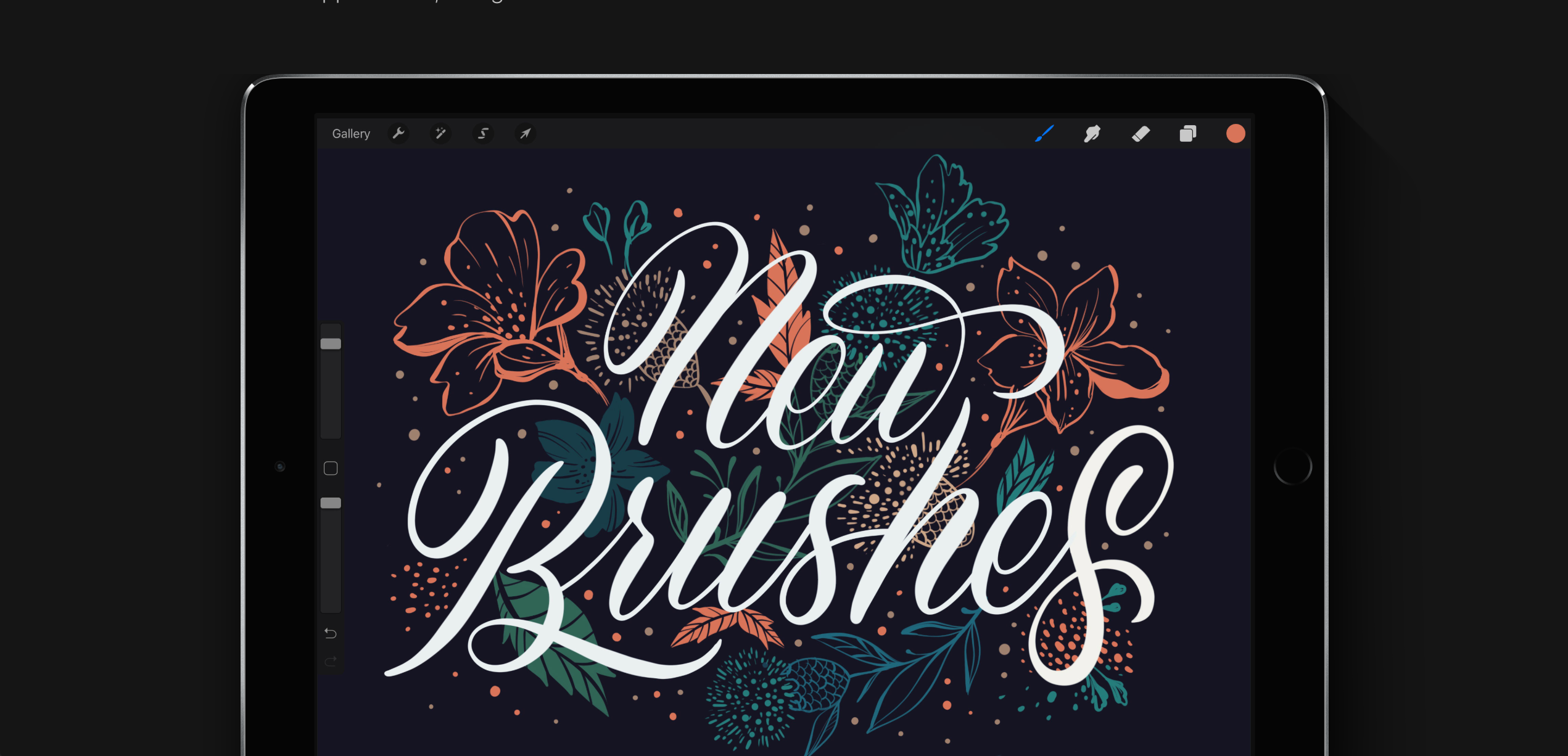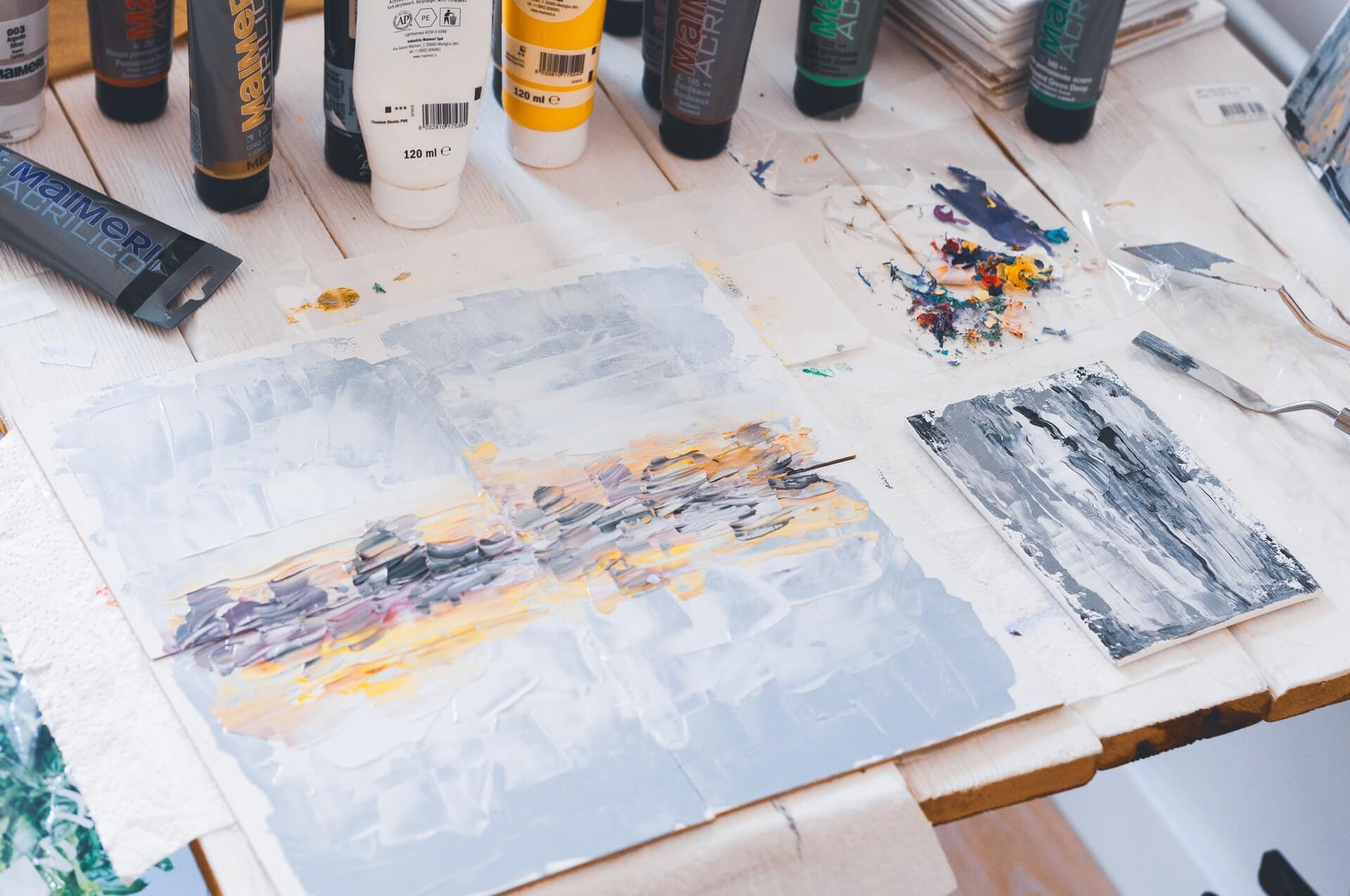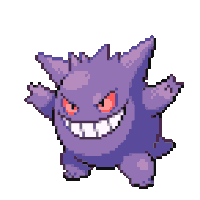Design, code, and the pursuit of being better at each was all I lived and breathed in college. It’s all I ever thought about, to the point of me daydreaming in class about what I was working on the night before and how I would continue it later that day. I sacrificed time with friends, with my significant other, and even time for my health because of how much I wanted the goals I had in life.
This is incredibly important still, and should be for you as well, but it’s in a completely different way and balance than before.
Back then I would wish I had made time to work on music, or to go to the gym and focus on well-being, or to pick up a new hobby, but I wouldn’t act on those feelings. I’d brush them off and put my head back down and continue to grind away at design and code. They’d remain afterthoughts, pushed to the back of my mind while still being a subconscious yearning to pursue.
Almost a year has gone by since I felt the way I did above.
I’ve had some career changes that shifted my free time from wanting to work on design to needing decompression from a full-time design job. I started to get worried (and still do sometimes to be honest) that I wasn’t a “productive” person anymore. I didn’t come home anxious to work on my next side project and ship something on my own, living on the constant high of being that person that never sleeps.
I slowly but surely transferred my free time to finding other pursuits in life that didn’t revolve around the same topic as my full-time work. I was able to explore other mediums of creativity, expression, and decompression that weren’t design or code.
An appropriate quote I came across in the book Rest:
If your work is your self, when you cease to work, you cease to exist.
Rest by Alex Soojung-Kim Pang
This quote made me take a step back and think about how much my life was reliant on the outcome of my work. I felt that if I didn’t have my work or what I do full-time, I didn’t really have much to offer and wanted to re-evaluate why and where this came from.
It turns out that I got my confidence from my work. I was confident in my ability to design, code, and illustrate for clients at a high level, was proud of the amount of income I had gotten to, what that income was able to buy me, and how proud I was of myself. While these are all very much valid and present feelings, I’ve been able to shift that mentality and confidence to a more widespread set of skills and personality traits.
With four albums under my belt I have a creative outlet I didn’t have before. I recognize I’m compassionate, understanding, and a great support system to others and have invested more time for my friends and coworkers to take that into account. I’ve been working out and eating better for 6 months straight and am much more comfortable with how I dress and how I feel about my body. I’m starting to learn about finances and on my way to being able to buy my first place within a year or two. I play video games almost every day and love the time I have to forget about everything else in the world. I just moved and have invested in making my apartment what I want to call home and express myself.
I’ve always thought I had a balance in life in the past, but am recently realizing the divide and bringing the ratio back to 50:50 between life and work. I’ve been able to find a deeper purpose and meaning for what I want out of life and better visualize and encompass the approach to my goals and strengths.
Think about the quote above and think about how you balance priorities in personal and professional life. They can even be working towards similar goals, but it’s worth thinking about how you currently spend and block off your free time vs your work time.
